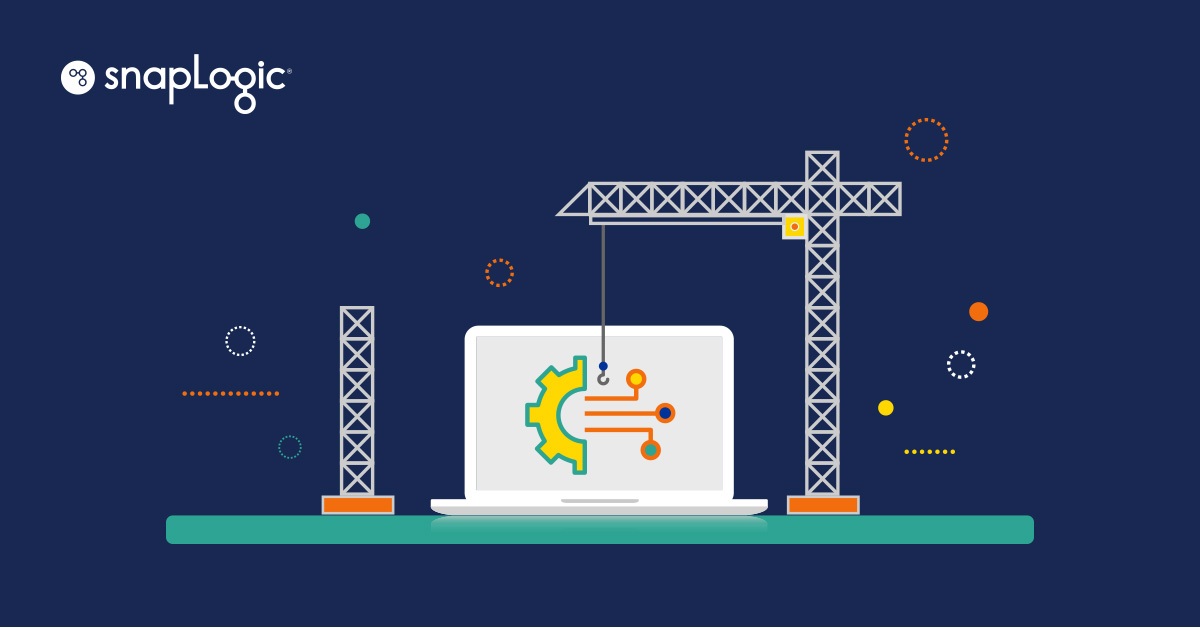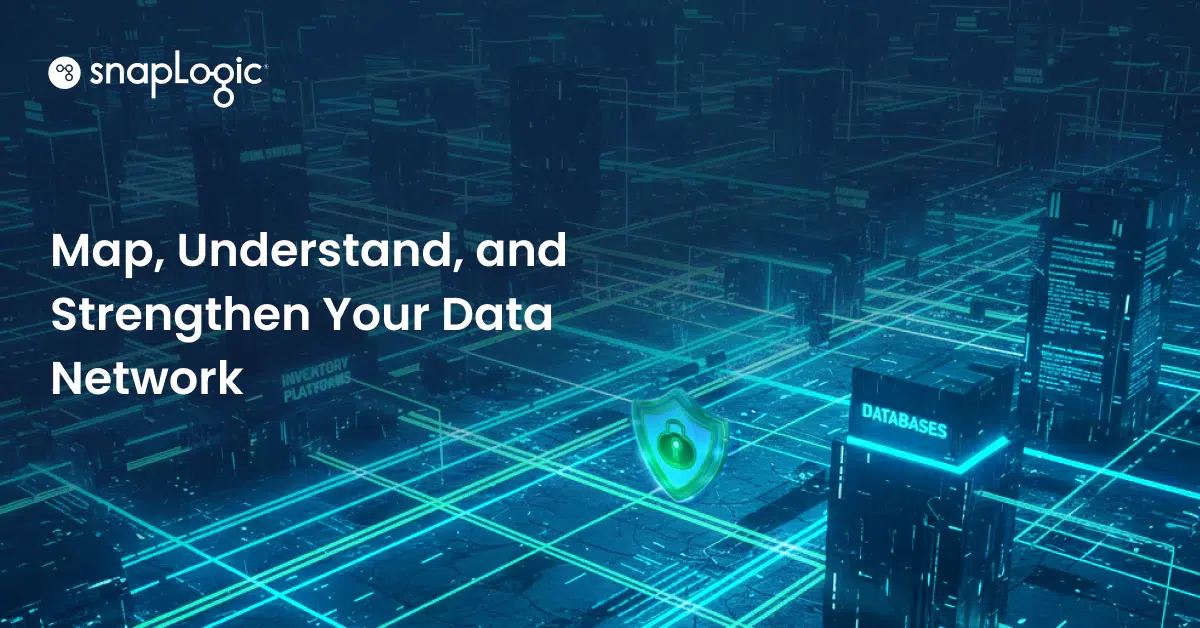McKinsey predicts that by 2025, nearly all employees will need to leverage data as a regular part of their work. What is your organization doing to get ready for this level of data demand?
Start with a data pipeline. By building a data pipeline, you can connect multiple data sources that can move data between those sources while keeping the data your team uses readily available, accurate, relevant, and up-to-date.
Identify Data Sources
The first step in building a data pipeline is to identify the data sources. What data needs to be included in the pipeline? Where is that data located currently? Identify your sources.
List out all the potential data sources that could be included in the pipeline. These sources of data might be databases, web APIs, and flat files. Any data source you already use or anticipate using should be included in this list.
Then review each source and assess its accuracy and value to the pipeline. There may be sources that are used now but wouldn’t be necessary once you build a pipeline, or there might be sources that were used in recent years but are no longer relevant to your organization’s goals. Note how each data source fits into your current and near-future goals, and remove the data sources that aren’t necessary.
Set Up a Data Processing Plan
Once the data sources have been identified, the next step is to set up a data processing plan. What data transformation, cleaning, and/or formatting are necessary to make the data usable for your particular goals? Your data processing plan should outline each step your data needs to undergo to be useful.
Depending on the data sources, the plan may require different levels of processing and cleaning. If the data is coming from a database, it may need only minimal cleaning since the data is already structured. But if the data is coming from a flat file, it could require more processing and cleaning to ensure it is in the right format and usable for its purpose.
Data processing steps:
- Deidentifying is a process of removing identifying information from data so individuals can’t be recognized based on that data. This could include information like phone numbers or home addresses.
- Data transformation transforms raw data into a format and structure that is more useful for analysis and reporting (e.g., aggregating data, joining datasets, or converting data types).
- Data cleaning involves removing or modifying data that is incorrect, incomplete, irrelevant, or duplicated (e.g., removing outliers, filling in missing values, or normalizing data).
- Data validation verifies that the data is accurate and complete (e.g., the email addresses are real or the phone numbers are complete.)
- Data enrichment adds additional data to existing data sets to make them more useful (e.g., enriching a potential customer’s file with additional information, like the size of their organization).
- Data security protects data from unauthorized access (e.g., this might include features like encryption, data masking, or auditing).
Set Up the Output
After the data processing plan is in place, you need to figure out what your output will look like. Will the data flow into a data warehouse, data lake, or something else (like a lakehouse)?
The data warehouse is a repository of structured data that is used for analysis and reporting. A data lake is a repository of unstructured and semi-structured data that is used for data mining, machine learning, and other types of analytical tasks.
Depending on the use case, either a warehouse or lake is usually used as the output for the data pipeline, but not always.
Design the System Architecture
This is where you connect all the pieces. Once you know how the data needs to be used and where it needs to go, you can decide how best to build the pipeline. Which services and applications are necessary for the data to be processed and utilized? This step is crucial in building a data pipeline and requires careful planning.
The architecture should accommodate the data sources, processing plan, output, and any unexpected scenarios—like unanticipated spikes in data load or traffic.
Your pipeline architecture will likely include:
- Data integration tools to connect multiple data sources and move data from one system to another (e.g., API gateways, ETL tools, or messaging tools).
- Data processing tools to help process and clean data for analysis (e.g., data cleansing, validation, or wrangling tools)
- Data analysis tools to analyze data and produce meaningful insights (e.g., predictive analytics, machine learning, or visualization tools that help make sense of the information)
- Data storage tools to store, manage, and protect data (e.g., data lakes, data warehouses, or close storage)
Establish Data Governance
Essential in any pipeline, data governance is the plan for how you will manage and maintain your data pipeline. Who will have access to the data? How will the data be secured? What policies will be put in place to ensure data privacy?
Every organization’s governance needs will depend on a number of factors — like regional regulations around data collection and usage and organizational goals. But typically, organizations can expect the need to set up the following:
- Access control policies that define who can and can’t access the data and for what purpose
- Data encryption policies to keep data secure in transit and at rest
- Data retention policies that define how long data is stored and when it is deleted
- Data privacy policies that define how data is used and shared
- Data security policies that define the measures taken to protect data from unauthorized access
- Auditing policies that define how data is monitored and tracked
Choose an Integration Platform
Once the architecture and governance are set, the data pipeline can be configured and tested. After testing is complete, the data pipeline can be released and monitored for any issues. But if you want to implement a pipeline faster and with less work, consider using an integration platform for the actual building of your pipeline.
Integration platforms like SnapLogic’s iPaaS drive the process and serve as the go-between for each stage of the data pipeline. A data pipeline can be set up quickly and efficiently because there’s no need for manual coding. SnapLogic uses a drag-and-drop interface, so anyone can get started regardless of coding ability or experience setting up pipelines. The integration platform also offers real-time insights into the data pipeline setup process, so teams can identify issues quickly and resolve them.
Learn more about what iPaaS can do for your data pipeline.








